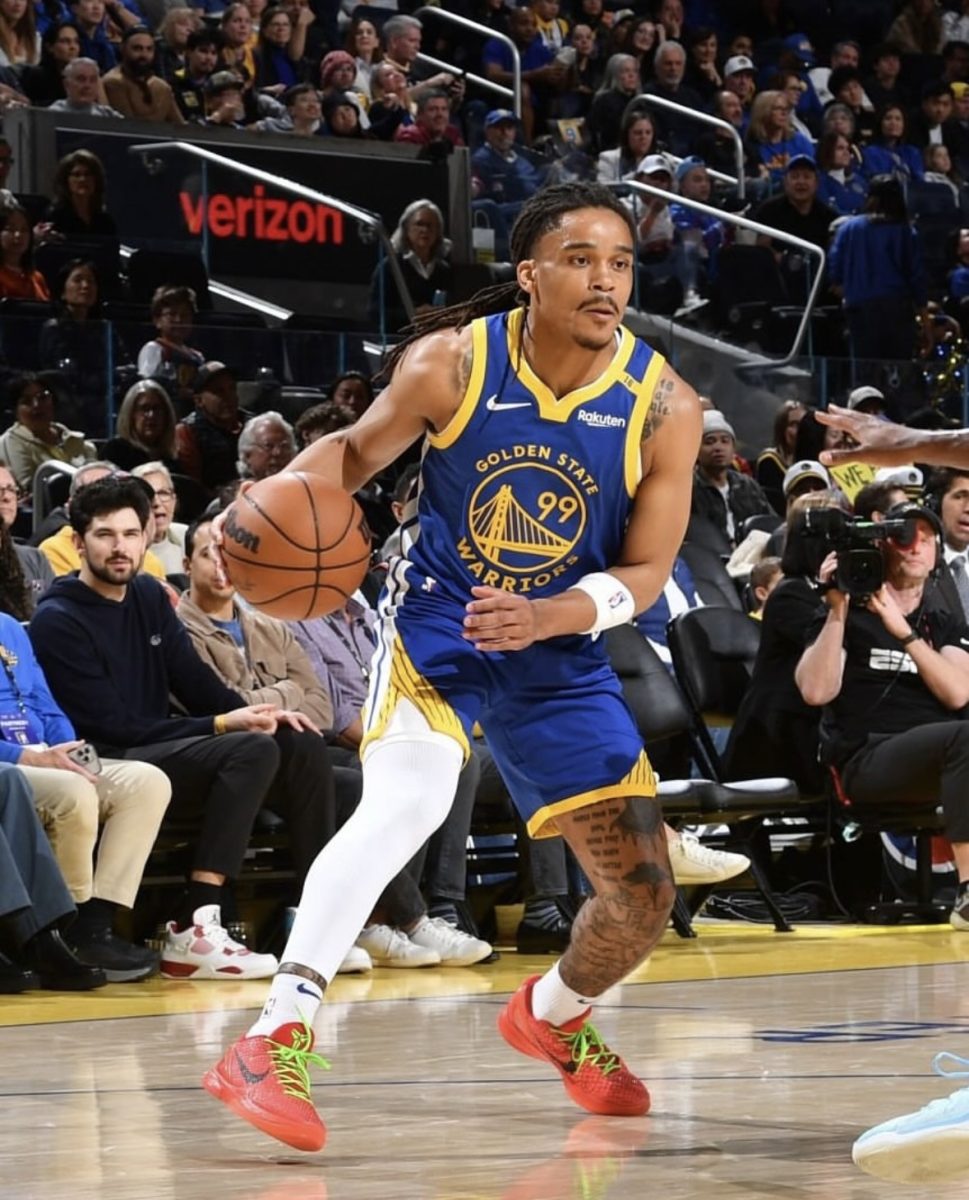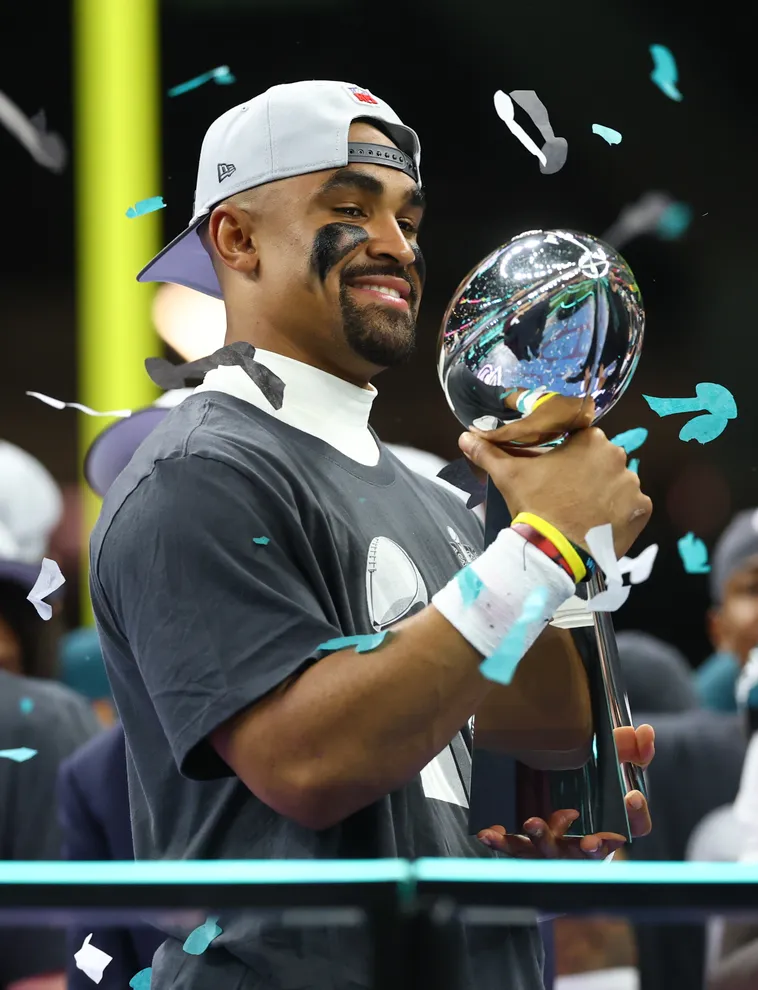During the summer of 2010—June 11, specifically—Kansas City, Mo., Big 12 Conference commissioner Dan Beebe watched helplessly as his conference was subjected to the butcher’s table.
The University of Nebraska had announced that it was leaving the Big 12 for the Big 10 Conference; the University of Colorado had just previously left for the Pacific 10 Conference and four other schools were threatening to leave. While stalwarts Texas and Oklahoma ultimately stayed, A&M eventually did leave along with Missouri in November of 2011.
Beebe lost his job Sept. 23, 2011, due to his inability to stabilize the conference. His firing, and the rapid conference realignment centered on BCS-level football, was an alarm for the Atlantic 10 Conference and its commissioner, Bernadette McGlade.
The Big East, reeling from the loss of West Virginia, Pittsburgh and Syracuse, was feasting. For the A-10, it was eat or be eaten. So McGlade asked the conference presidents in November 2010 for something bold – make expansion the No. 1 priority of the conference.
The bold move paid off.
After Temple made the strategic decision to return to the Big East, starting in 2013, to bolster its fledgling football program, and Charlotte followed Temple’s leave, moving back to Conference USA, McGlade pulled perhaps the biggest coupe of the Great Conference Realignment: starting on July 1, 2012 Butler University and Virginia Commonwealth University became full members of the Atlantic 10 Conference.
With 16 teams, the A-10 is the largest conference in the nation; it will revert back to 14 teams in 2013-14 with the departure of Temple and Charlotte.
“Adding these institutions took an extensive amount of analyzing and decision-making,” McGlade said. “You don’t make decisions like this quickly. I give a lot of credit to the presidents who were forward thinking and allowed me to work diligently as we saw the shifts in the conference dynamics across the country.”
For Saint Louis University, it means the Billikens will add another regional conference rival – the Butler Bulldogs, in addition to Xavier and Dayton – and consistently see teams considered for NCAA bids across the sporting spectrum.
Butler, which sponsors 19 sports, nine for men and 10 for women, has had recent Olympic sports success in multiple trips to the NCAA men’s soccer sweet 16, NCAA appearances by the Bulldog baseball team and a national championship caliber cross country team.
One of the most successful programs in college athletics, VCU’s men’s tennis team has made 16 NCAA tournament appearances, and finished in the Top 25 rankings for 17 years. The women’s tennis team has 12 NCAA appearances and seven other VCU Olympic Sports have made multiple NCAA Championship appearances in recent years. This includes the Rams’ golf, men’s soccer and baseball teams, which have combined for 23 NCAA appearances.
Of course, the Bulldogs and Rams are in the A-10 is because of men’s basketball.
VCU went to the Final Four in 2011, Butler in 2009 and 2010.
VCU has made 11 total trips to the NCAA Tournament with four of those coming in the last six years. The Bulldogs have been to the NCAA Tournament in five of the past six years and have advanced past the first weekend in three of those years. Butler has 11 trips to the NCAA Tournament in all, and in five of those the Bulldogs have advanced to the Sweet 16 or beyond. Eight of those 11 trips have come since 2000.
That has led some, including McGlade, to call the A-10 the premiere non-BCS conference in America, rivaled only by the Mountain West.
“It’s not a new pitch. It’s a consistent pitch,” McGlade said. “The history of our success in men’s basketball programs in the regular season and the post season invited in at-large numbers in the NCAA and NIT and being successful in those tournaments is striking. The academic successes of these schools on national ranking scales is also, to me, very impressive.”
ESPN senior basketball writer Andy Katz notes that the losses of Charlotte and Temple are minor in comparison to the additions of Butler and VCU.
“The loss of Charlotte means little,” Katz said. “Temple is a major hit because the Owls had been an elite member of the league for so long. But the league doesn’t lose Philadelphia with Saint Joseph’s and La Salle still in play.
“[But], the league picked up the two best non-football playing basketball schools on the market. The pickup of Butler and VCU rivals the Big East’s scoop of Memphis and Temple.”
And so, the A-10 moves forward in 2012-13 as the largest and perhaps most promising league in the nation. The conference tournament moves to Brooklyn, New York in March, and the conference may send a historic number of teams to the NCAA Tournament.









